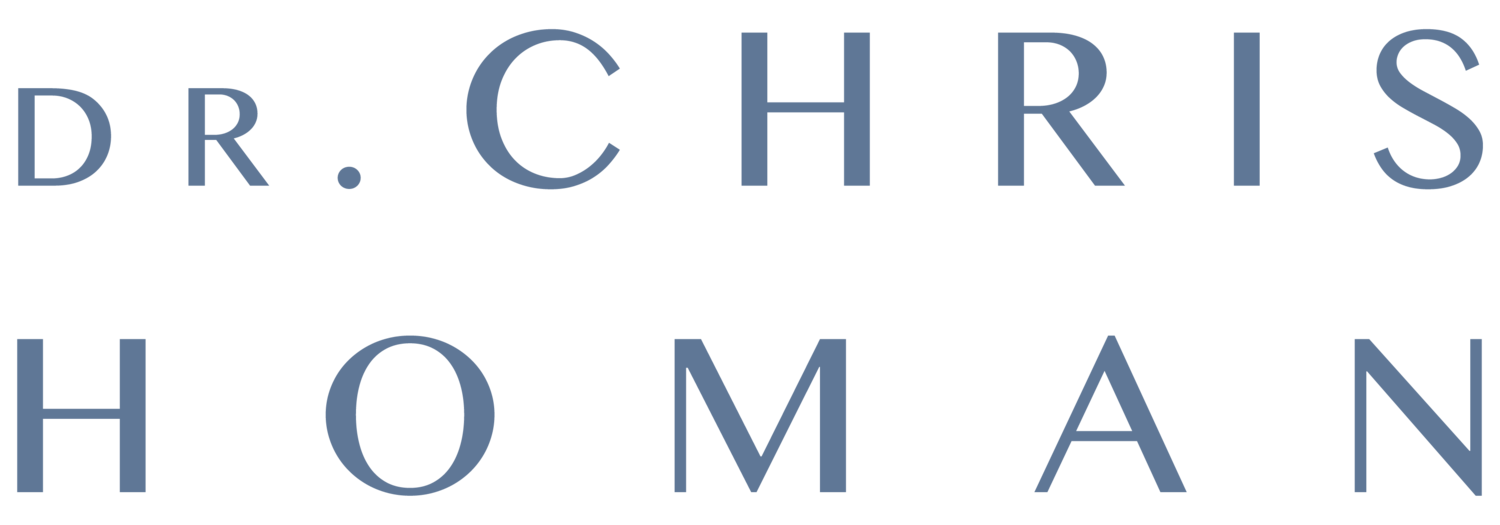Firstly, here are the rules of the stretching game:
Where you think the problem is – it ain’t!
- Sore muscles are usually already overstretched and overloaded. Whilst stretching them further can feel good in the moment, it increases the likelihood that they will keep hurting into the future.
- It is best to focus on stretching the shortened opposite muscles that are responsible for overloading the sore ones.
Stretch the front
- The habits of modern life, (eg sitting /working at a computer / smart phone use / driving), tend to shorten the muscles on the front of your body. Whilst 90% of people’s body pain tends to be on the back of their body, most of the time this is due to the tension from the shortened front muscles.
Don’t be insane!
- Einstein’s definition of insanity was to “keep doing the same thing over and over again and expect a different outcome.”
- If you have been stretching a sore muscle for ages and it hasn’t improved – stop and stretch the opposite!
E.g. tight hamstrings – stretch the quadriceps (front of thighs)
E.g. pain between the shoulder blades – stretch the pecs (front of chest)
Stretch very gently
- If you pull on a muscle with any more than 2-3% of its total power, then it starts to contract to protect itself. This is governed by an automatic spinal reflex, (“the stretch reflex”), which you can’t easily over-ride. Therefore, as soon as you stretch with any power, you end up in a tug-of-war with yourself and any stretching benefit is lost.
- Only very gentle stretches avoid the stretch reflex and allow useful benefit.
- Commit to a 2-3 minute stretch for any single stretch that you perform. This will remove any temptation to go too hard.
Lazy stretching
- The best stretches are ones that use your body weight and gravity to slowly stretch the target tissue. Avoid having to contract one muscle to stretch another.
Listen to your body first and last!
- If you perform a stretch, (or other exercise), and it doesn’t feel right, then stop doing it. This holds true regardless of who has recommended the activity.
The Top 4 Stretches
1. PECTORALIS MAJOR STRETCHES
Gently stretch through the front of your chest for 3-5 minutes. Feel the muscle tension melt away. Listen to your body – stop if it hurts or makes your pain worse. Take a break if your hands go numb or tingly.
2. THE PENGUIN STRETCH
(Pectoral muscles)
Establish the habit of locking your shoulders back whenever you’re marking time – either standing or sitting at a desk chair. Interlock your fingers behind your back and gently straighten your elbows. Try and hold gently for a few minutes if you can. This is an antidote to the hunched forward posture that is so common in modern life.
3. QUADRICEP STRETCH
- Kneel with one knee on a cushion and the other foot out in front. Gently tense the gluteal muscles on the kneeling side
- Gently push pelvis forward until light tension is felt along the quadriceps (front of thigh) and preferably in the front of the groin as well.
- Wedging an object under the rear foot can help increase quadriceps tension if required.
Hold position with light tension in quadriceps for 3-5 minutes
4. THE INELEGANT “LOO” STRETCH
(short adductor muscles)
- Sit on a step or low stool
- Feet and knees wide apart
- Place elbows inside knees
- Gently lean your trunk forward so that your elbows lightly push outwards against knees
- Feel stretch on the front of groin (inner, upper thigh)
- Hold lightly for 3-5 minutes daily
Dr. Chris Homan
MBBS FRACGP FACRRM DRANZCOG PGDipMSM(Otago)





